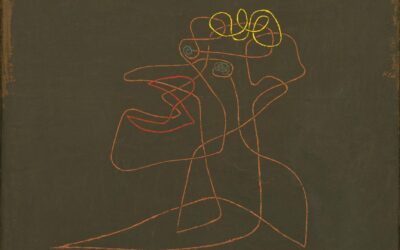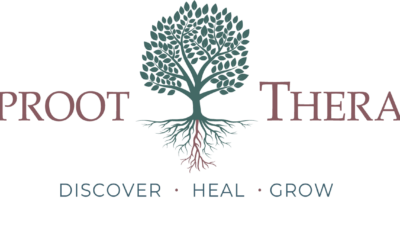Fear and Anxiety and Childhood Worksheet
Fear is a normal part of child development. It focuses attention, it directs energy and
gives space for a child to grow and integrate new skills or knowledge.
Major themes for fears in childhood:
Separation; Pain; Aggression; Contamination; Darkness/Monsters; Rejection
What a Child Needs from the Parent
Once a parent accepts that fear is a normal and healthy part of childhood, it is important
to learn what a child needs when their growth demands the energy of fearfulness. There
are three helpful strategies that tend to be useful – Support, Structure and Stories.
Support
What it is not – rescuing, hovering, solving. These strategies say to a child, “I don’t
believe you have what it takes to master this problem.”
What it is – joining, connecting, knowing. These strategies say to a child, “I believe in
you. I know you will grow into a person who can do this.”
When your child is working on a new skill or developmental step, parents can try
validating responses that recognize the emotion and the difficulty. These are samples to
give you an idea.
“It is scary when …”
“It makes sense to me that you are nervous…”
“It is hard to be brave…”
“Worry really makes us tired…”
“Growing up is a lot of work…”
When your child learns a new skill or makes a developmental step, parents can give
positive support that focuses on how the experience of growth feels to the child (versus
the parent.)
Instead of “I’m so proud of you,” try instead, “Wow, that must feel awesome to …”
Instead of “I love when you …,” try instead, “Doesn’t it feel amazing to do …”
Instead of “Good job,” try instead, “You are really growing up.”
Structure or Scaffolding.
What it is not – doing something for a child.
What it is – breaking skills or developmental tasks into baby steps.
When your child is working on a new skill or developmental step, parents can break up
challenges into smaller steps to build a child’s tolerance and mastery over the new
growth. A good example is teaching a child to sleep in their own bed. Bedtime routine is
often not enough to help a child succeed at this skill. A parent can add structure by
helping the child practice into smaller pieces:
An example would be sleeping in their own bed.
1. Child in their own bed; falls asleep with parent sitting on the bed until sleep
occurs.
2. Child in their own bed; falls asleep with parent sitting in a chair in view of bed
until sleep occurs.
3. Child in their own bed; falls asleep with parent sitting in a chair out of view until
sleep occurs.
4. Child in their own bed; falls asleep with parent in the hallway until sleep occurs.
5. Child in their own bed; parent separates at the end of bedtime routine and child
falls asleep independently.
Another example would be walking into a new school/class.
1. Child walks with parent to school; enters class with parent until occupied and
parent separates.
2. Child walks with parent to school; enters class with parent and greets teacher
with parent and parent separates.
3. Child walks with parent to school; enters class with parent at the door and then
separates.
4. Child walks with the parent to school; enters class independently.
With each step a parent would offer support and praise focused on how the child feels
about the accomplishment.
Stories
This one is easy! Children need parents and grandparents who tell stories about their
childhood, about their fears, and about growing up. Children need parents and
grandparents who read stories to them. Generations of humans have learned how to
live, how to find meaning in life and how to grow through stories – from myths, to
folktales, to nursery rhymes to fairy tales – stories have permeated all of human history.
Only in recent times have we lost this important ritual of shaping ourselves and our
experience with stories. Create it in your homes, at bedtime and around your table. It is
one of the best things a parent can do for a developing child.



























0 Comments